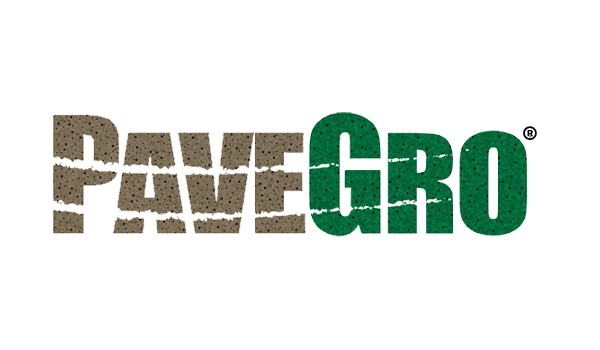Using Lightweight Aggregates in Sustainable Construction
When used within structural lightweight concrete mixes or to facilitate internal curing, lightweight aggregates like expanded shale and clay can offset production footprints and contribute to more ecologically conscious construction.
Addressing the Environmental Impact of Construction
Sustainable construction practices continue to drive design and specifications throughout the building industry. Since concrete remains one of the most widely used building materials in the world, it’s crucial for concrete producers, engineers, and contractors to understand how concrete can be produced and used more sustainably.
To address the environmental impact of construction, it’s important to understand how a material interfaces with adjacent systems during production, use, and after construction. While some materials may have a higher environmental impact during production, they can offer substantial benefits during and after construction.
Expanded shale and clay lightweight aggregates, while energy-intensive to produce in rotary kilns, significantly offset their production footprint when used in structural lightweight concrete or to facilitate internal curing. These materials contribute to longer-lasting, more sustainable structures and reduce the environmental impact when evaluated from a cradle-to-grave perspective rather than just cradle-to-gate.
Longer-Lasting Concrete Structures
Lightweight aggregates can improve the resilience of concrete to chloride attack and water penetration by supporting internal curing and reducing chemical shrinkage. This increases the durability of concrete, reducing the need for repairs and replacements, and ultimately lowering the environmental impact of a structure’s lifecycle.
When prewetted Arcosa Lightweight aggregates are incorporated into concrete, they release water slowly as the concrete cures. This reduces cracking and microcracking, making the material more resistant to chloride penetration and corrosion, extending the lifespan of the structure.
Reducing Structural Material Needs
By replacing a portion of normal weight aggregates with lightweight aggregates, concrete producers can reduce the total weight of concrete from 145 pounds per cubic foot (pcf) to between 90 and 135 pcf. Structural lightweight concrete allows for thinner slabs and reduced dead loads, decreasing the need for steel columns, beams, and footings.
This leads to more cost-effective designs and lowers the environmental impact by reducing material quantities, shipping requirements, and embodied carbon. Additionally, structural lightweight concrete has lower thermal conductivity, providing insulation that enhances a building’s operational efficiency.
A More Environmentally Friendly Construction Process
While cradle-to-gate assessments often focus on the embodied carbon of building materials, it’s essential to consider the cradle-to-grave perspective. While ESCS lightweight aggregates may seem less eco-friendly based solely on their production impact, their long-term benefits in structural efficiency and energy savings make them a sustainable choice for the entire lifecycle of a structure.
By evaluating materials from cradle to grave, engineers and specifiers can develop a more comprehensive understanding of sustainability and support the building industry’s reduced emission goals. Lightweight aggregates are an integral part of making that possible.













